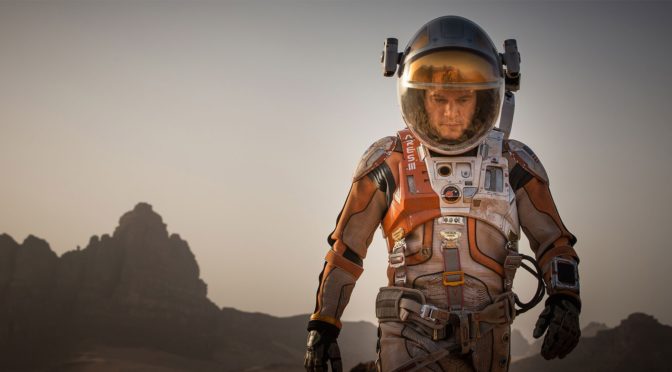The more we ask “What are we made of?” the more we are faced with the inescapable conclusion that we are made of mostly nothing.
Ken Piper
The space within us
A while back my son commented that we are 98 percent water. I replied that really we are almost 100 percent nothing – that is, if you consider the space between molecules, and then at the atomic level, between the nucleus and electrons. Most of the space is, well, space – and that which is not?
From dust were ye made and dust ye shall be…1
Those Old Testament writers were onto something – in their day, dust was the smallest thing they could see, so everything must be made of dust. When I was a child, the prevailing thought was that protons, neutrons and electrons were the fundamental particles that made up everything else.
Now, particle physicists have determined that at least protons and neutrons are made up of smaller particles (quarks, neutrinos, leptons, photons and so forth). These and electrons are now considered the elemental or fundamental particles. Hmm…but what are they made of?
In our experience, everything is made up of something else, something smaller – and, of course, a lot of space in between.
The old Disneyland ride “Adventure Thru Inner Space” explored the idea that going to the very small revealed something similar to going to the very large – to outer space, stars, and constellations. When you got to atomic size, it was like you were in outer space, surrounded by star-like points of light.
The details may be wrong, but still, there remains the question: Are there really elemental particles? There must be, but there can’t be.
If we understand that everything is made of something, we are stuck with the unavoidable conclusion that there is no smallest thing.
This is a paradox of infinity. And really, this is a manifestation of our limited ability to comprehend the infinite or, in this case, the infinitesimal.
The outer limits – Outside outer space
Consider the other extreme: The size of the universe. If you ask an astrophysicist “How big is the universe?” you might get something like: “Well the big bang was 13.8 billion years ago, and we can see light from that time, but because of inflation, what we can see is really at least 92 billion light years in diameter, yada yada yada…” (and that’s just the part we can observe). OK, so it is really big!
But if you can put a number on it, you can conceptually surround it with a box. Then you can ask, “What is outside of that box?” There at least has to be “empty” space. There is certainly enough of that for lots of other “universes.”
If you include empty space (and “dark matter”) as well as stars, galaxies, dust clouds and all the things we can observe, then it must be infinite. But, where does all that end?
On the one hand, we can’t conceive of it being without limit; on the other hand, we can’t define or even imagine an end to it. We cannot adequately comprehend this. It must be infinite. It can’t be, but it must be. This too is a paradox of infinity.
The problem of time (besides not having enough of it)
Now consider time. In our experience everything must have a beginning and an end. We know that things happened before we were born, of course, and we assume that things will happen after we are gone. As a geologist, I look at the bigger picture, at the billions of years the Earth has been around.
The Earth had to come from somewhere, from something that existed before it. But, there is always the nagging question of what was before. It’s kind of like the game we played as children, asking “Why?” of our parents or others, then following their answer with another “Why?” again and again until they became frustrated and said “Just because!”
Time, time, time, see what’s become of me…2
Some will tell you that the “Big Bang” was the beginning of time. OK, what was before, and what and where did everything come from? If it was an energy equivalent of mass, the question is still the same.
If everything ends in a colossal big hole, then what is after? There must be a beginning and an end, because everything we know of begins and ends, but there can’t be.
Inconceivable! 3
We simply cannot comprehend things infinite. Perhaps we are captives of our experiences; perhaps it is just the limits of our mortal brains. Perhaps it is because time and space are both divine creations and we, as creations, are constrained within them.
I am the alpha and the omega 4
What are your thoughts on all of this? Comment below or write to me at ken@kennethpiper.com.
- Lyrics from Sparrow, by Simon and Garfunkel, from Genesis 3:19.
- Lyrics from A Hazy Shade of Winter, by Simon and Garfunkel.
- “I do not think he knows what that means” – Inigo Montoya in Princess Bride.
- Book of Revelation (verses 1:8, 21:6, and 22:13).
Featured image: Cover for Infinitesimal, an online mix of music “for when you feel indescribably small in an immense universe” by gabimarie


